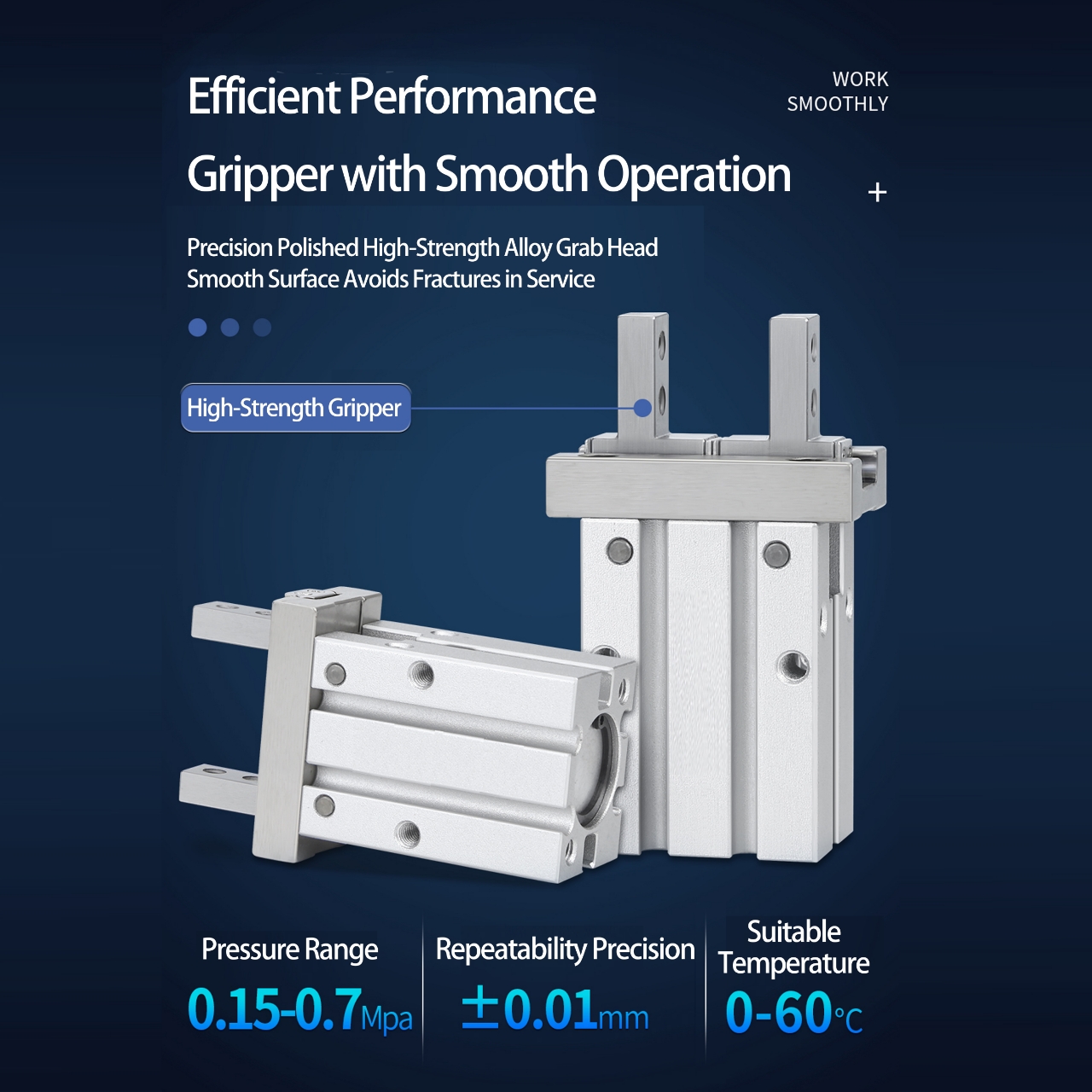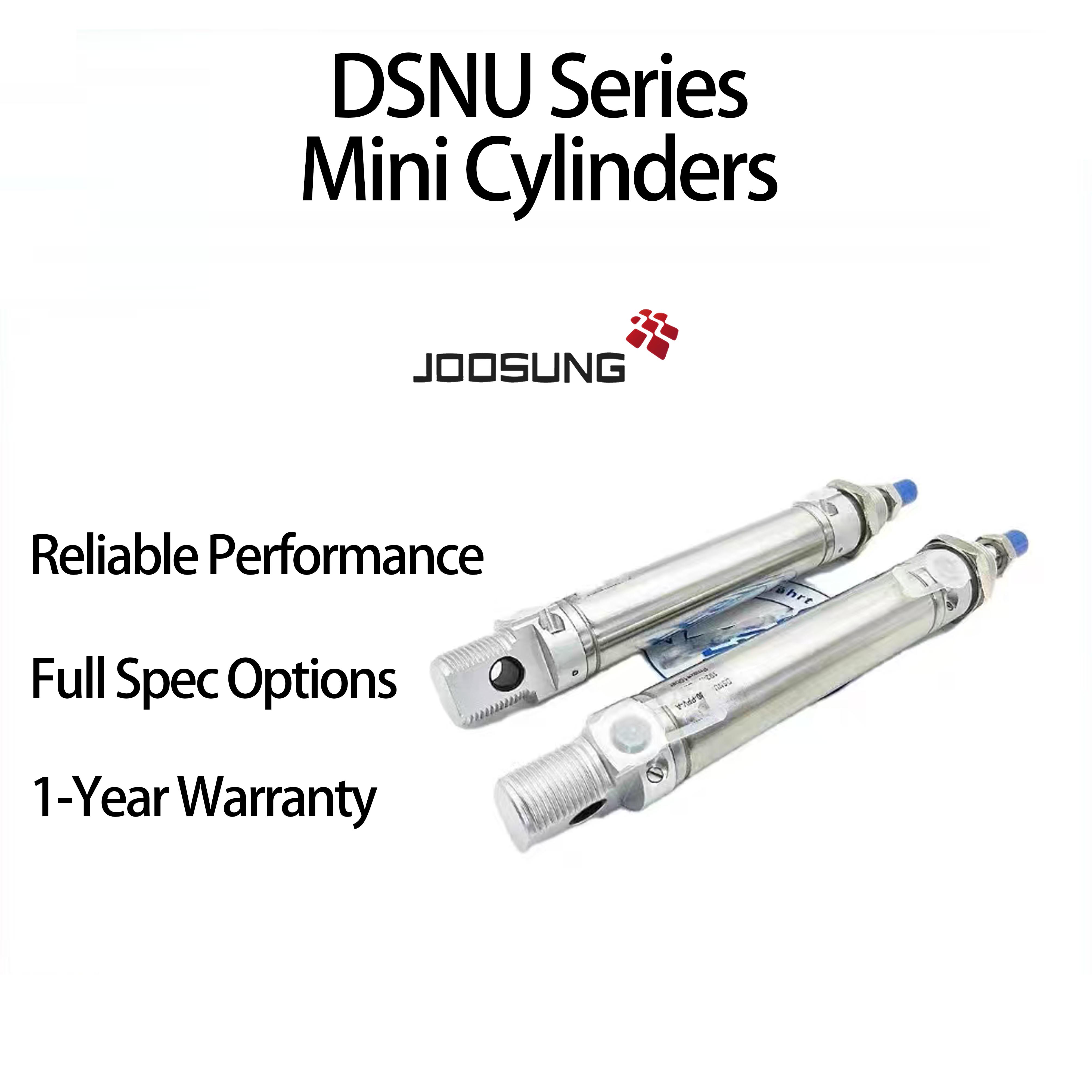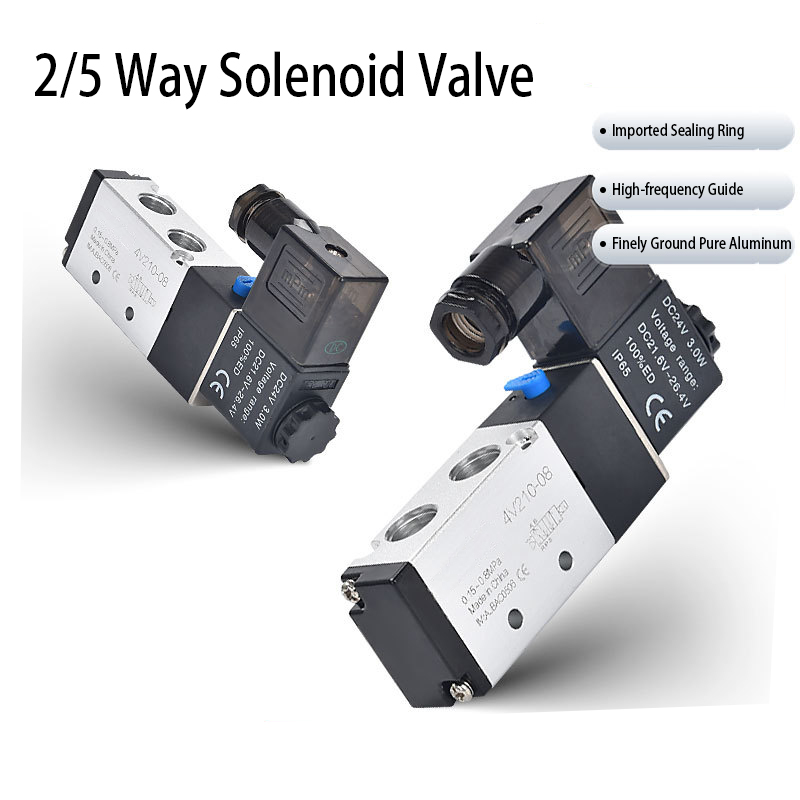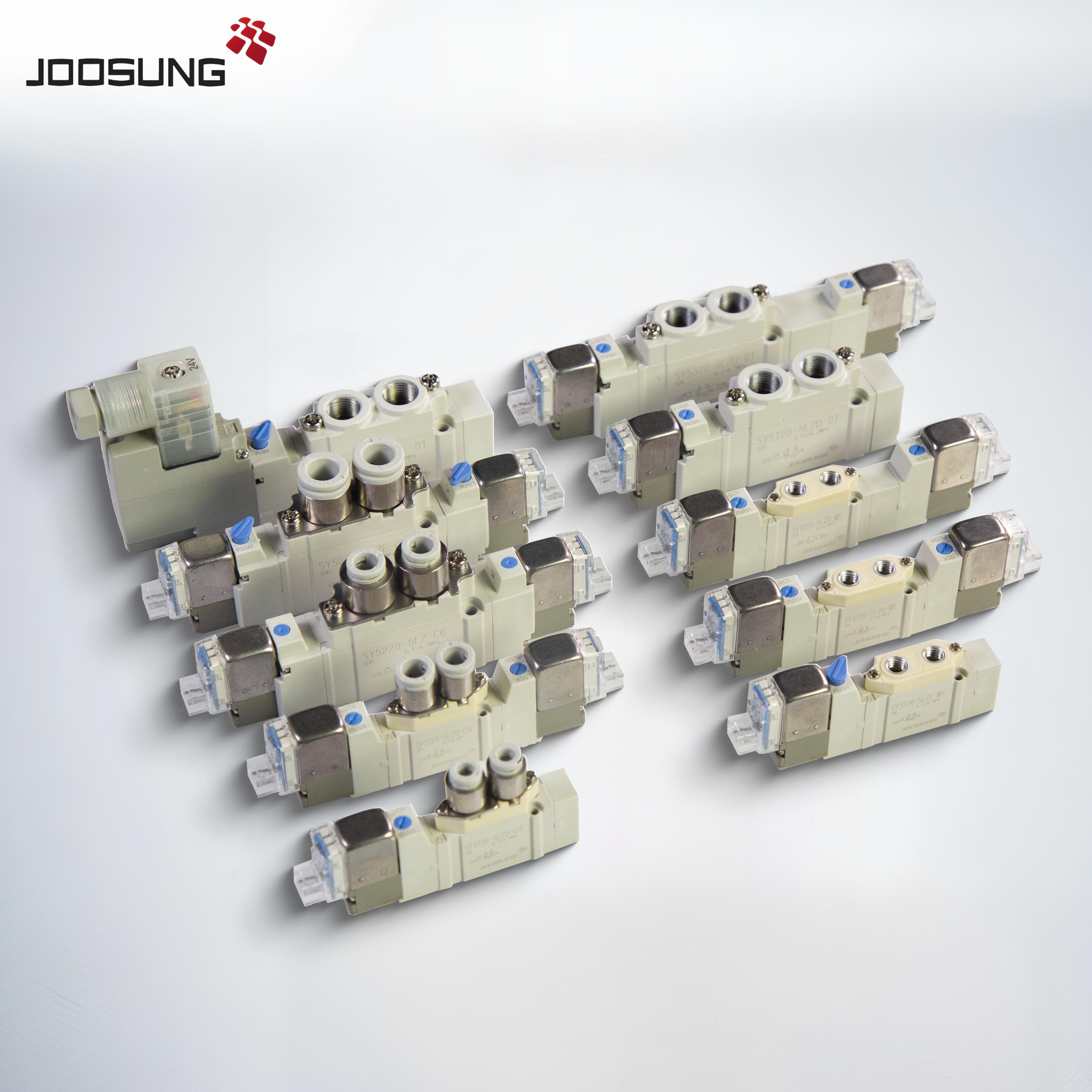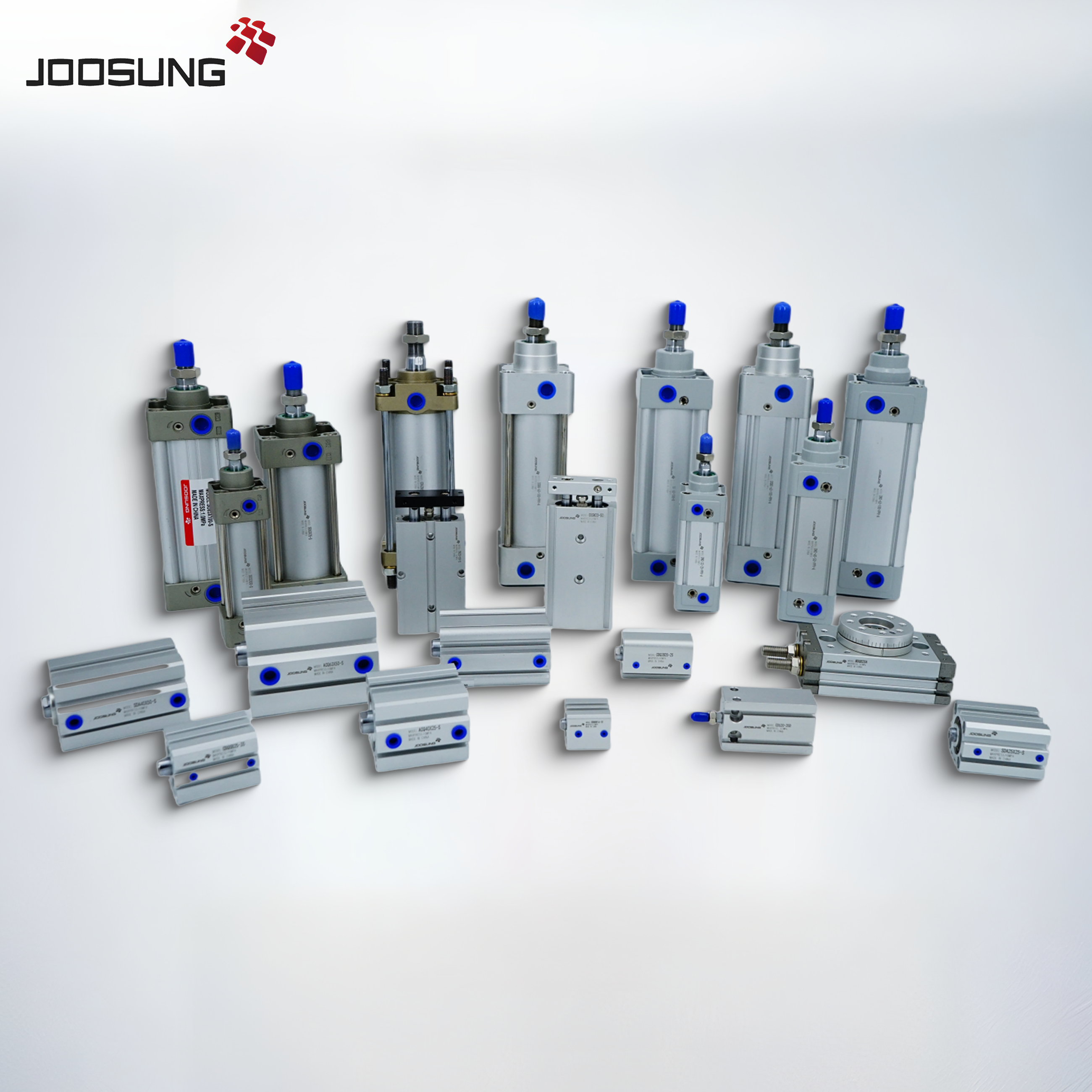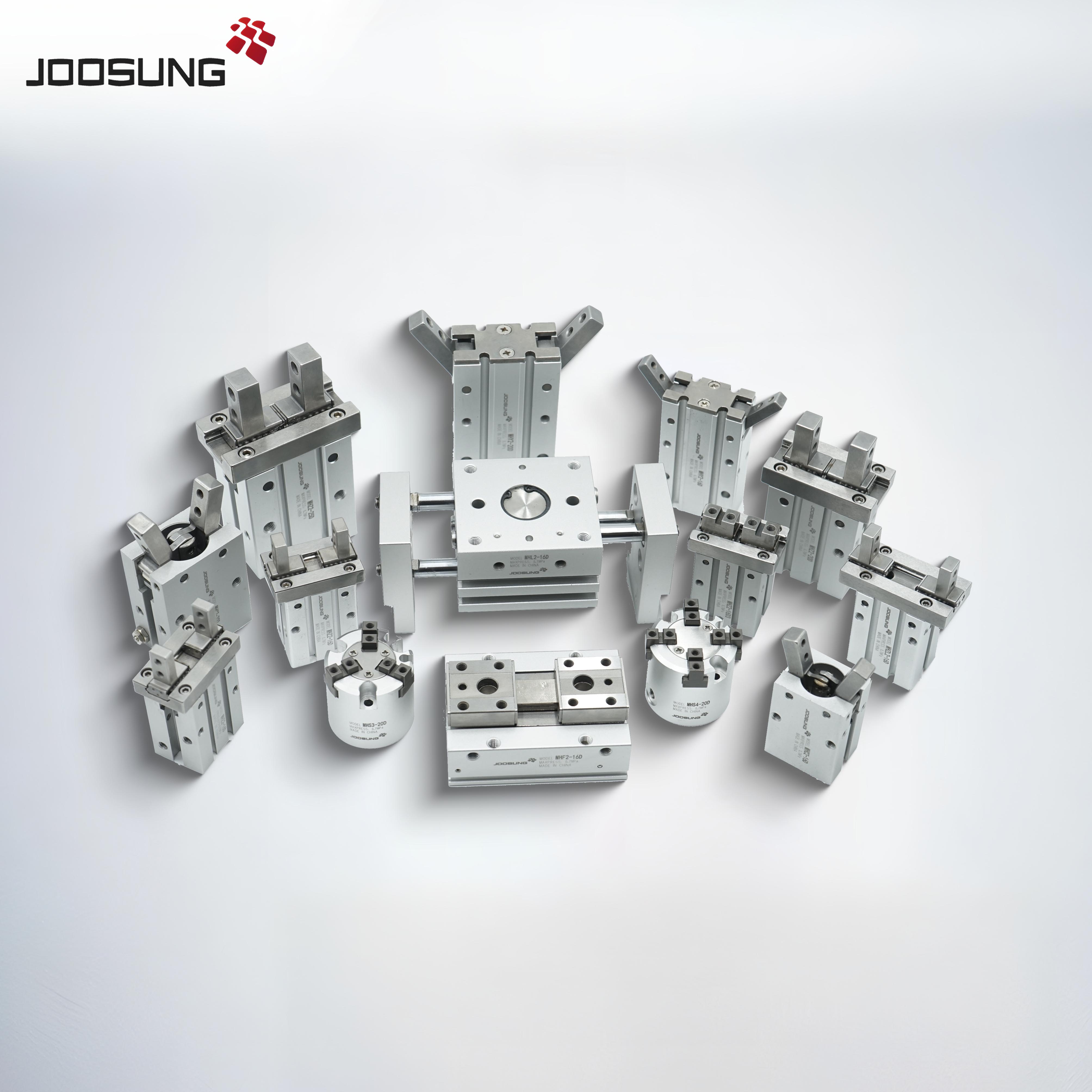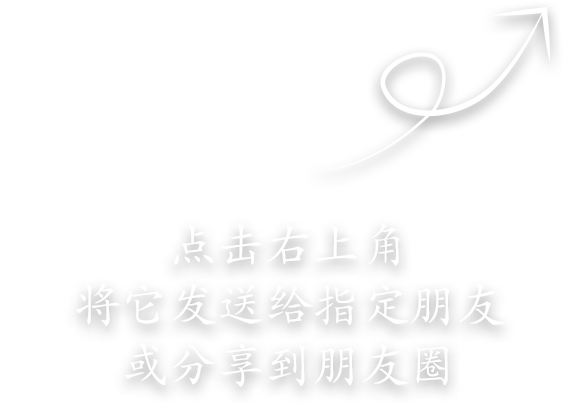 Pneumatic valve is a kind of compressed air as a driving force to achieve the opening and closing of the valve, to achieve gas, liquid, steam and other different types of fluid control, with simple structure, fast response, high control accuracy, safety and reliability, etc., the following will tell you about the pneumatic valve fault location: FC, FO, FL, FLC, FLO, AFL/EFC and AFL/EFO
Pneumatic valve is a kind of compressed air as a driving force to achieve the opening and closing of the valve, to achieve gas, liquid, steam and other different types of fluid control, with simple structure, fast response, high control accuracy, safety and reliability, etc., the following will tell you about the pneumatic valve fault location: FC, FO, FL, FLC, FLO, AFL/EFC and AFL/EFO
①, the type and working principle of pneumatic valve
Pneumatic valve is mainly composed of three parts: pneumatic actuator, valve body, accessories. The actuator includes a spring, diaphragm/piston, pneumatic rod, handwheel, etc., which mainly uses clean compressed air as power, accepts 20 ~ 100kpa gas signal or 4 ~ 20mA electrical signal, and then drives the valve body to operate, and adjusts the flow area between the valve core and the seat to achieve the purpose of regulating flow.
The valve body is mainly composed of valve disc, valve cage, valve stem, valve seat, valve cage pressure ring and other components; Accessories mainly include pressure reducing valves, solenoid valves, positioners, current/voltage converters, filters, flow amplifiers, and so on.
The working principle of the pneumatic valve is to realize the opening and closing of the valve by pushing the pneumatic piston or gear and other mechanical parts in the actuator through the compressed air, which can be specifically subdivided into: air supply - control signal input - positioner movement - valve opening and closing several steps. According to the requirements of the rotary torque required by the valve, the design adjusts the number of cylinder combinations, and the rotation direction of the spindle can be changed by changing the position of the inlet and outlet gas.
The pneumatic valve mainly has the following advantages: first, the action of the pneumatic valve is rapid, and the adjustment command can be completed in a short time; Second, the pneumatic valve can cooperate with the large cylinder to achieve a large torque driving force; Third, the pneumatic valve can be in a safe and stable operation for a long time in all kinds of harsh circumstances.
Pneumatic valves according to the form of action, generally can be divided into gas open, gas closed type. The choice of gas opening and closing is considered according to the safety Angle of process production.
When the air source is cut off, the valve is safe in the closed position or the open position.
Air to Open (Air to Open) is when the air pressure on the film head increases, the valve moves in the direction of increasing the opening, and when the upper limit of the input pressure is reached, the valve is in a fully open state. In turn, when the air pressure is reduced, the valve moves in the direction of closure, and the valve is completely closed when there is no input air. Therefore, sometimes the gas open valve is also called the failure to Close FC.
The direction of action of the Air to Close type is exactly the opposite of the air to open type. When the air pressure increases, the valve moves in the direction of closing; When the air pressure is reduced or no, the valve is open in the open direction or fully open. Therefore, it is sometimes called Fail to Open FO.
Double acting type. The valve opening and closing action is all driven by the air source/compressed air, the basic principle of action is consistent with the single action, but there is no spring in the double action pneumatic valve actuator, which is relatively more complex in principle and structure.
Then in the process of use, there are usually several fault positions (FO, FC, FL), and the fault in the valve fault close/fault open refers to the action of the valve when the air source is faulty.
For the pneumatic valve fault location, it is mainly divided into several situations:
1, pneumatic valve device interlock action, the valve position should be the following conditions
FC - Air source lost, valve in closed position
FO - Air source lost, valve in open position
FL - Air source is lost, valve is in time position and always held
FLC - Air source is lost, valve is held but tends to close, valve is in the closed position (exhaust gas in cylinder)
FLO - Loss of air source, valve holding position but tending to open, valve in open position (exhaust of gas in cylinder)
2. When regulating valve or switching valve participates in the interlocking action of the device, the valve position should have the following conditions
FC - The air source is lost or the solenoid valve is lost, and the valve is in the closed position
FO - The air source is lost or the solenoid valve is lost, and the valve is in the open position
AFL/EFC -- 1. The air source is lost. The solenoid valve is not lost. 2. Regardless of whether the air source is lost or the solenoid valve is lost, the valve is in the closed position
AFL/EFO -- 1. The air source is lost. The solenoid valve is not lost. 2. Regardless of whether the air source is lost or the solenoid valve is lost, the valve is in the open position
Pneumatic valve through the output signal to achieve the valve cut off, connected, adjustment and other functions, its opening and closing speed is relatively fast, often used for fast two-position cut off use, can also be used to adjust the flow of use, with different accessories, you can not reach a variety of different control methods.
②, pneumatic valve common failure
1 Pneumatic valve leakage increase failure and causes
The leakage of pneumatic valves mainly depends on the valve switch. To sum up, the increase in leakage of the pneumatic valve is mainly due to the following two factors: First, the valve spool in the pneumatic valve is worn due to the use of too long, resulting in the valve closing is not tight resulting in an increase in leakage; The second is that if the valve is mixed with foreign bodies or internal bushings are sintered, or under the control of pressure between various media, when the pressure difference of the medium is large, it will lead to a decrease in rigidity, causing the valve to not be completely closed, and eventually cause the leakage of the pneumatic valve to increase.
2 The unstable operation of the pneumatic valve and its causes
Whether the signal pressure is unstable or the air source pressure is unstable, the pneumatic valve may be unstable. The unstable signal pressure will cause the output of the regulator to be unstable, and when the air source pressure is unstable, the pressure reducing valve will fail due to the small capacity of the compressor. It is also possible that the position of the amplifier spray block in the positioner is uneven, and the gap between each other causes the unstable operation of the pneumatic valve. In addition, the output tube or output line is not tight, will also cause the pneumatic valve action is unstable; The amplifier ball valve will also affect the stability of the pneumatic valve due to the friction of the gap with foreign matter.
3 Pneumatic valve vibration failure and causes
Pneumatic valves are easily affected by surrounding environmental factors during operation. After the bushing and the spool work for a long time, the two will form a gap under the action of friction, there are other vibrating mechanical equipment around the pneumatic valve, and the unbalanced installation position of the pneumatic valve will lead to the vibration of the pneumatic valve. In addition, when the size of the pneumatic valve is improperly selected or the closing direction of the single-seat valve is inconsistent with the direction of the medium flow, the pneumatic valve will also cause vibration.
4 Pneumatic valve slow action failure and causes
In the process of pneumatic valve movement, the importance of the valve stem is beyond doubt. When the valve stem is bent, it will increase the friction generated by its round-trip action, causing the pneumatic valve to act slowly. When the graphite and asbestos filler lubricating oil, PTFE filler is not normal, it will also cause the pneumatic valve slow action, when there is dust inside the valve body, the pneumatic valve is installed inside the positioner, etc., will increase the resistance of the pneumatic valve stem operation, resulting in the pneumatic valve slow action.
5 Pneumatic valve does not operate and reasons
Air source and signal as the premise and basis to ensure the smooth operation of pneumatic valves. If the positioner has no air source, the pressure reducing valve may fail, and the filter and pipeline may be blocked in serious cases. If the locator has an air source, but no output, it will block the throttle hole of the locator; If the air source and signal are not available, when the temperature is low, the air source is not opened, and it will fail because the pressure reducing valve and the air duct are blocked, ultimately leading to the compressor failure. If there is a source of air but no signal, it will damage the omental plate and cause the bellows of the locator to leak air.
③, pneumatic valve common troubleshooting methods
1 Pneumatic valve leakage increase treatment method
In view of the increased leakage of the pneumatic valve, if the valve spool is worn, it is necessary to replace the new spool immediately to reduce the increase in leakage caused by internal leakage; If it is because of the inclusion of foreign bodies in the valve, it is necessary to use cleaning materials to clean and wash in time to remove foreign bodies; If the medium pressure difference is large, it is necessary to improve the actuator of the pneumatic valve, increase the air source, and reduce leakage. In addition, when installing the pneumatic valve, it should also be ensured that the selected valve stem length is moderate, in order to prevent leakage caused by the valve is not completely closed.
2 The handling method of the unstable operation of the pneumatic valve
It is necessary to ensure the stable operation of power network system in view of the unstable action of pneumatic valve caused by unstable signal pressure. In view of the unstable action of the pneumatic valve caused by the unstable air pressure, the positioner needs to be re-adjusted, and a new positioner can be replaced if necessary, so as to ensure the stability of the air pressure. It is also possible to reinstall the valve stem or increase lubricants to reduce the friction of the valve stem contact part, reduce the instability of the pneumatic valve, and adjust the precision of the positioner outlet position to eliminate the instability of the pneumatic valve.
3 Pneumatic valve vibration fault treatment method
For the pneumatic valve vibration caused by friction between the bushing and the spool, the bushing needs to be replaced immediately; For the pneumatic valve vibration caused by other vibrating mechanical equipment around the pneumatic valve, it is necessary to carefully find out the vibration source and eliminate the vibration; In view of the vibration caused by unstable pneumatic valve base, a new base needs to be replaced; In view of the vibration caused by the inconsistency between the closing direction of the single-seat valve and the direction of the medium flow, it is necessary to analyze and judge it and adjust the correct installation direction of the pneumatic valve.
4 Pneumatic valve slow action troubleshooting method
The slow operation of the pneumatic valve is mainly related to the damage of the diaphragm, so the new diaphragm should be replaced in time; And carefully check whether the graphite and asbestos filler lubricating oil and polytetrafluoroethylene filler are normal, and replace them if necessary to ensure that they are in normal condition; Clean up the foreign matter in the valve body in time to ensure the cleanliness of the valve body; The valve stem is treated to reduce the friction between the valve stem and the surrounding components, so as to solve the problem of slow operation of the pneumatic valve.
5 Pneumatic valve does not work troubleshooting method
For the fault that there is an air source but the pneumatic valve does not operate, it is necessary to check the command line one by one and remove the fault in time. When the positioner in the pneumatic valve has no input and display, it is necessary to replace the new positioner in time; For the serious deformation of the spool and stem, it is necessary to replace the new spool and stem in time to ensure that the handwheel is placed in a proper position.


